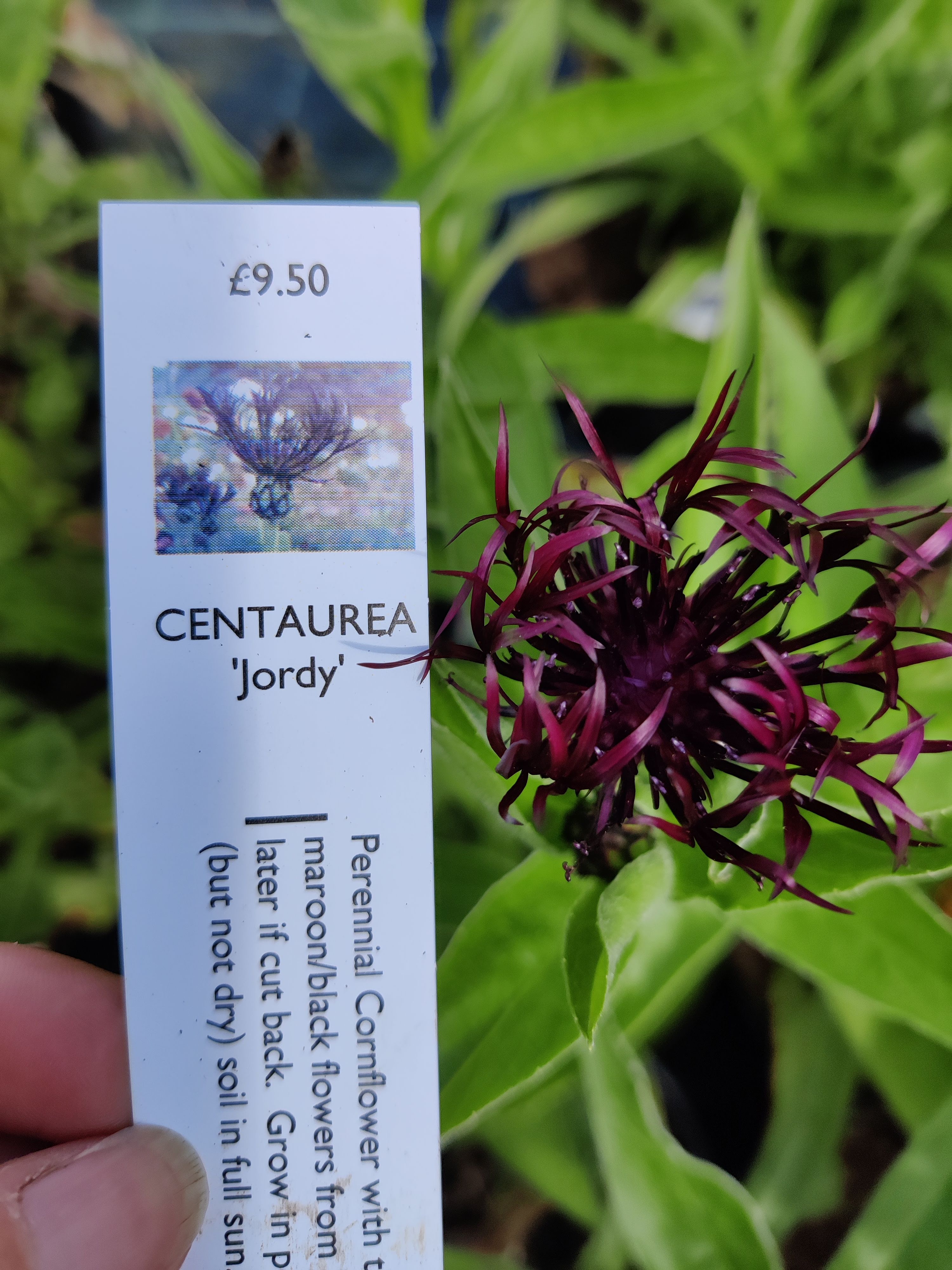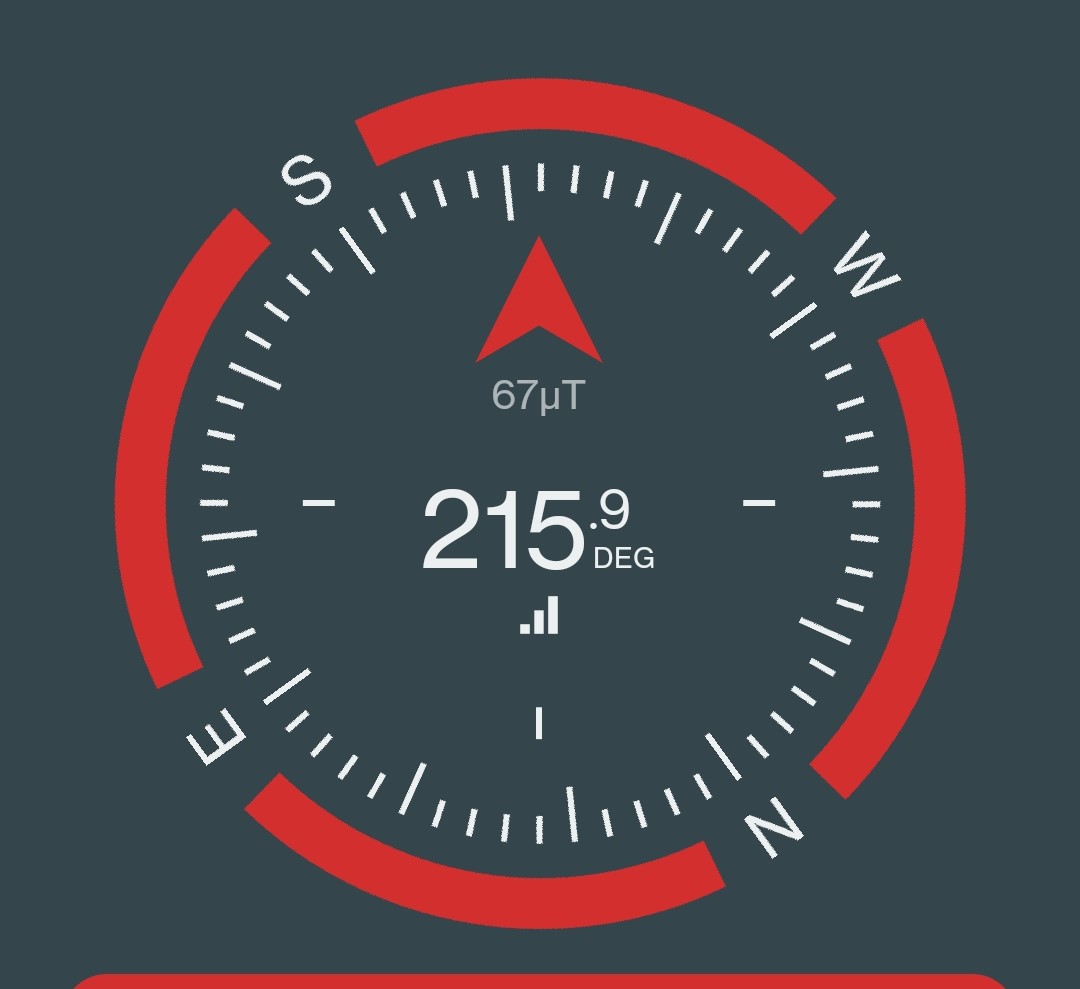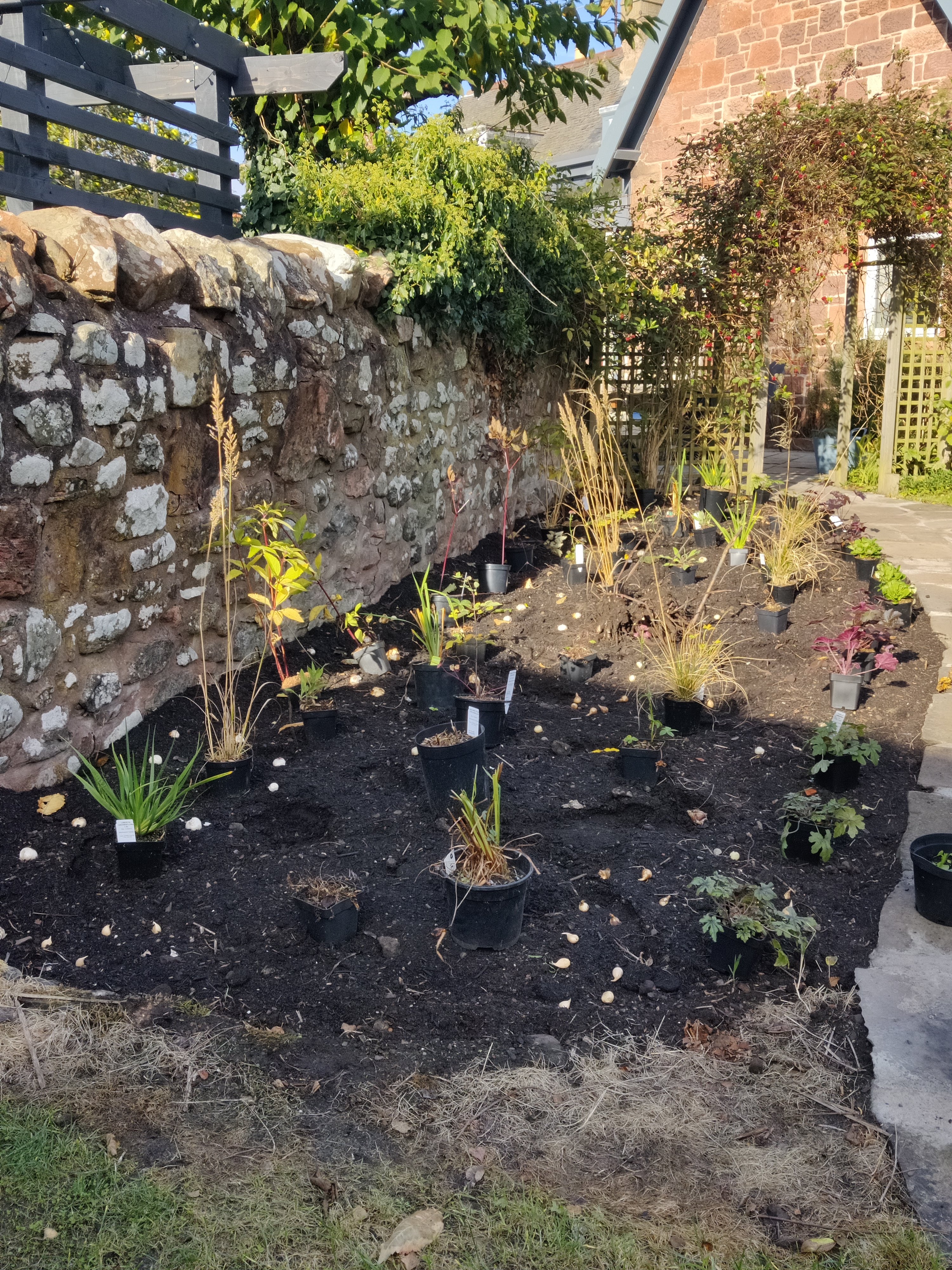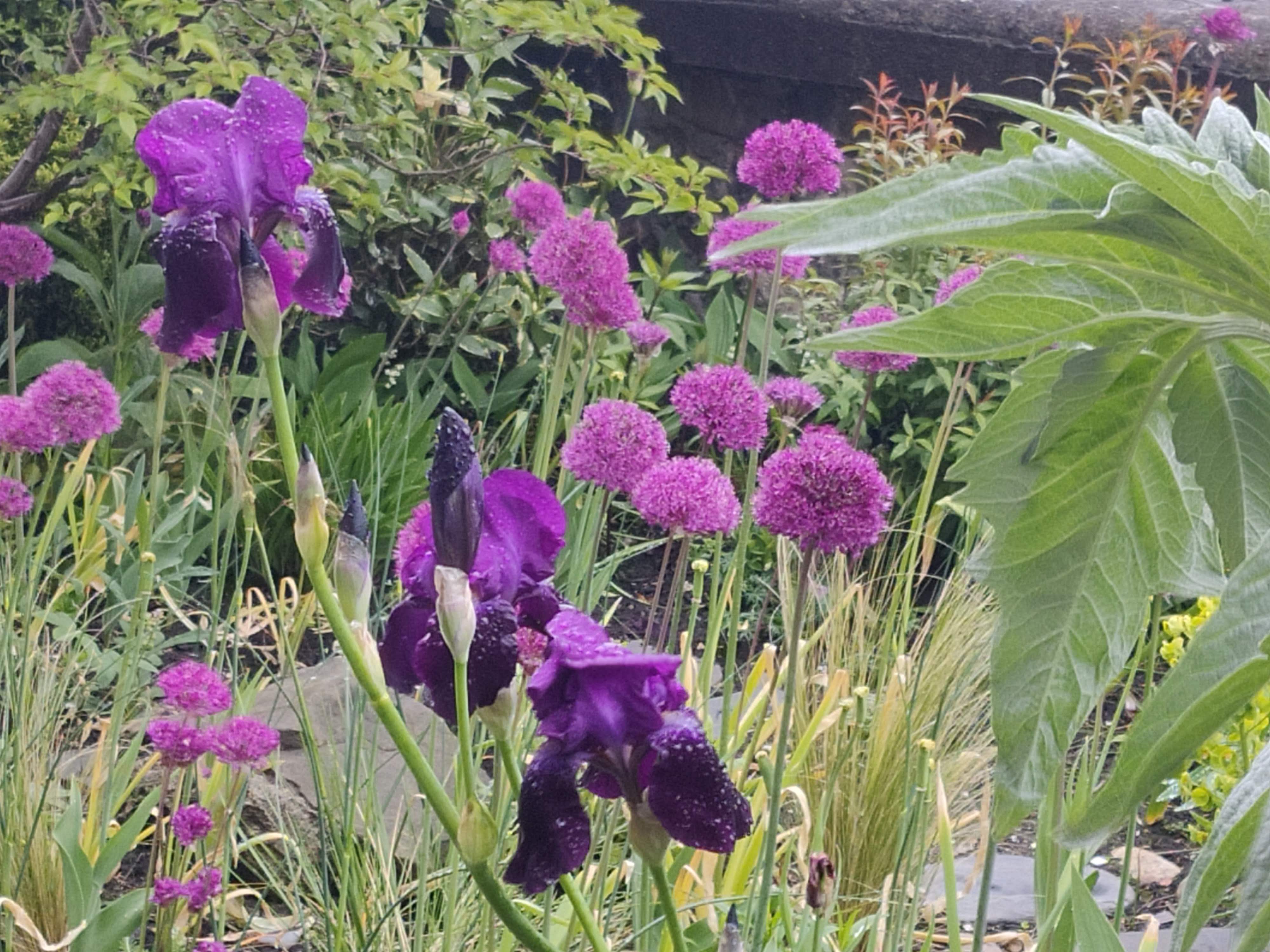Five Garden Lessons

If only I had known…
I could have saved myself a lot of time, money and energy
We can apply this scenario to lots of our life experiences.
This time I am talking about your garden and turning it into your dream garden.
How do we avoid some of those mistakes?
Well here are some tips for you…
Ground prep is key
Don’t take shortcuts.
More work now means less later.
Whether you are rejuvenating an old border or creating a new border, preparing the ground for planting is key.
This includes removing any perennial weeds, digging out old roots (cutting back will often see them come back bigger), getting rid of compaction, removing large stones, and, if needed, improving the fertility of the soil.
Know your soil and work with the conditions.
The old saying ‘right plant in the right place’ is the right saying!
I meet people all the time who try and grow plants they like in the wrong conditions and it just results in sad straggly plants or dead experiments, poor owners and a garden dream that isn’t realised.
If you have heavy clay soil that stays cold and wet in the winter and compacted in the summer you should choose plants that can cope with those conditions.
Where is the sun?

Which way does your garden face?
How much sun does the garden get a day?
Is your garden getting full sun; over 6 hours a day, or is it in partial shade or even full shade?
How windy is it?
Observing your garden conditions is important to choosing the plants that like the conditions you have.
You may get away with a shady plant in a sunny position, but not the other way around.
Less is more
Don’t cram the plants in.
They need space to grow.
You will be surprised how bare a newly planted border looks, but believe me those gaps will soon disappear, so don’t feel tempted to ignore the plant label and squeeze in an extra plant.
If your border is overplanted it could impact the plants’ health with reduced vigour of the plants.
You will also have spent too much money on plants and it won’t be long before you will need to remove extra plants, or split and divide existing plants to keep them in check, which is all extra money and effort.
If you don’t like seeing a few bare patches as the planting develops, then pop in some annuals for instant colour, they won’t last the winter and will fill up the gaps in the short term.

Your plant label is your friend
If you are buying plants from a reputable garden centre or plant nursery your plants will be clearly labelled with the full plant name.
It will tell you the conditions the plant likes to grow in and it will tell you the ultimate height and spread of the plant.
So if the label says 200cm – it will grow 2 meters high!
If the spread says 600cm, then that is how far apart you need to have the plant from its neighbour.
This might all sound like a lot of work and effort and you may not want to spend time on the “trial and error” approach. Maybe you would prefer to have an expert help you plan your garden and avoid some mistakes…

